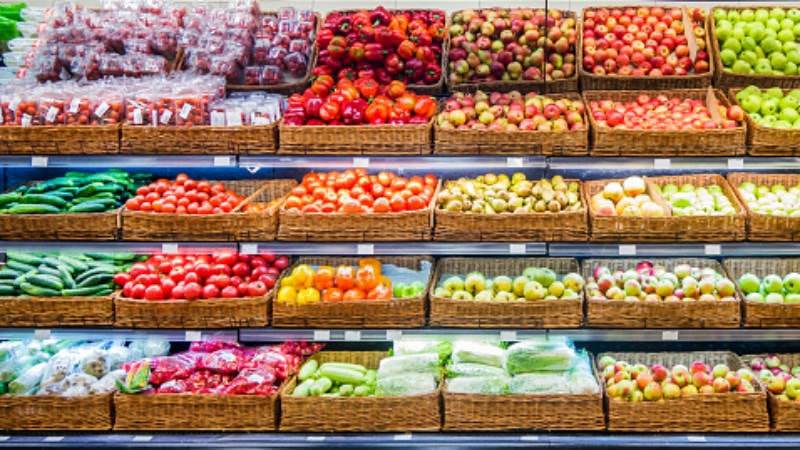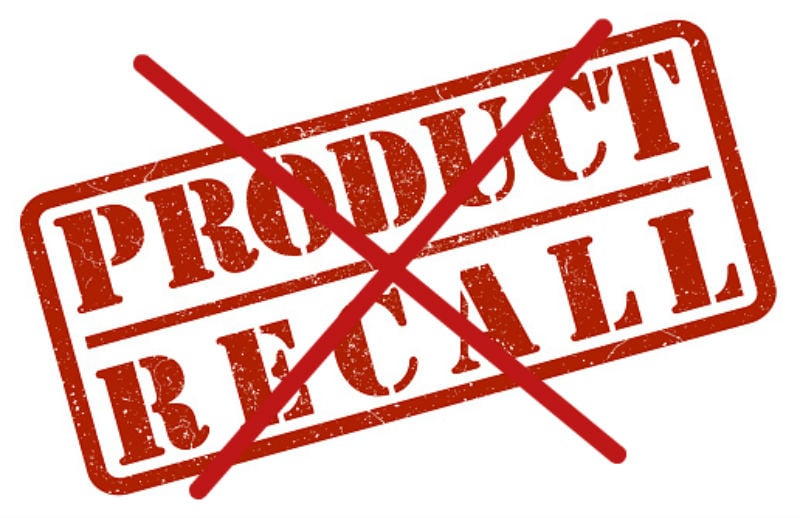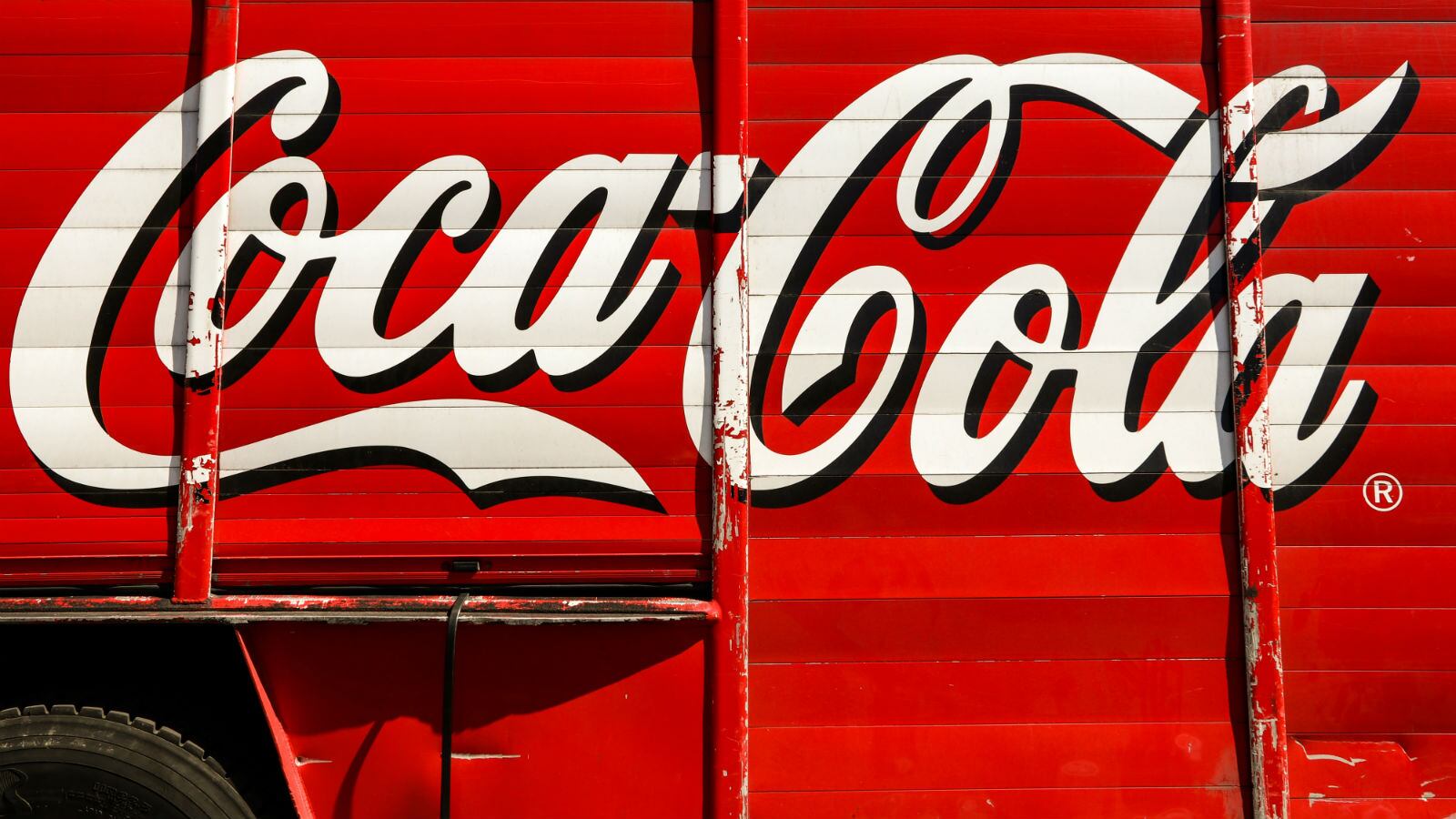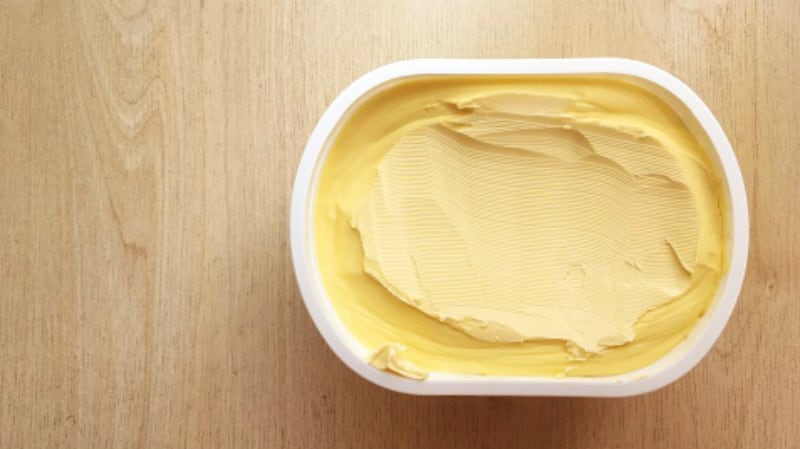The technology was developed by the National Agri-Food Biotechnology Institute (NABI), which is housed under the country’s Institute of Department of Biotechnology. NABI has filed a patent in India to stake claim over the formulation of the coating,
According to NABI, the technology was developed to address the ‘absence of postharvest treatment, traditional storage on farms, infestation of microorganism and pests, and non-availability of processing methods’ in the country.
“These factors are responsible for the highest rates of postharvest fruit and vegetable losses in India,” the institute said in a formal statement.
“Due to limited availability of cold chain facilities, especially during storage and transportation, development of coating materials to prolong the shelf life of fruits and vegetables is [a] high priority.”
The researchers developed composites that could be coated onto the fruits from wheat straws and oat bran. The component extracted from wheat straws was the cellulose arabinoxylan, whereas β-glucan stearic acid esters (SABGs) were extracted from oat bran.
“[The components were formulated into] an aqueous emulsion-based coating, which was coated on fresh fruits [such as apples and pears],” said the researchers.
“The formulations were applied at various concentrations (1% to 4%) to the fruits to determine the efficacy for postharvest shelf life improvement, [and we found] that in apples, the shelf life was significantly enhanced.”
Across several studies, the shelf life of several varieties of apples were found to improve under different humidity levels.
In one of the studies, Royal Delicious apples were either not coated, coated with the arabinoxylan-SABG coating or coated with the commercially available shellac, then stored at 22°C across a minimum of 30 days at relative humidity levels of either 65% or 85%.
“Application of both AX-SABG (1–4%) and shellac (1–4%) coatings were found to significantly reduce weight loss, respiration rate, fruit softening process, ripening index, colour degradation and polyphenol oxidase activity compared to control (no coating) in both conditions,” said the researchers.
“However, an AX-SABG coating was more effective in reducing fruit decay and loss of aroma volatiles, [confirming] the potential benefits of applying this coating to extend the shelf life and quality of apples especially during transportation and storage.”
Similar results were found in a separate study conducted on Rich Red apples across 45 days, where aroma loss and microbial spoilage were found to be the chief attributes that were best maintained when the NABI-developed coating was used.
“The overall results show that AX-SABG coating has the potential to be an alternative to animal derived shellac coating in India by improving the quality and post-harvest storage life of apple specifically during transportation and storage,” concluded the researchers.
Cost and commercialisation
According to NABI, the coating will cost between INR0.30 (US$0.0041) to INR0.50 (US$0.0068) per apple when it is commercialised.
“The coating technology is cost-effective, [the pricing will be] very much comparable to food grade commercial wax/resin coating,” said the institute.
“It also shows potential for several other fruits such as peaches and bananas. [Other studies have shown that the coating] improved quality of coated bananas by maintaining uniform ripening without significant blackening at room temperature up to seven days.”
NABI also has a non-disclosure agreement with New Delhi’s R.G. Industry to commercialise the technology, according to Indus Dictum.
Study 1: Effect of arabinoxylan and β-glucan stearic acid ester coatings on post-harvest quality of apple (Royal Delicious).
Source: Carbohydrate Polymers
Authors: Ali, U. et. al.
https://doi.org/10.1016/j.carbpol.2019.01.002
Study 2: Improved postharvest quality of apple (Rich Red) by composite coating based on arabinoxylan and β-glucan stearic acid ester
Source: International Journal of Biological Macromolecules
Authors: Ali, U. et. al.





